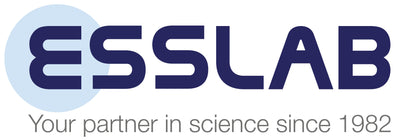Method Detection Determining a Method Detection Limit when the blank value is contaminated with the analyte
- Home
- Method Detection Determining a Method Detection Limit when the blank value is contaminated with the analyte
- Inorganic Ventures Tech Centre
- Technical questions answered
- Measurement and Results
- Method Detection Determining a Method Detection Limit
Advice By Paul Gaines, Ph.D
Pierre writes:Hi, Knowing that the detection limit or LOD is the lowest quantity of a substance that can be distinguished from the absence of that substance (a blank value), how can you determine a Method Detection Limit when the blank value is contaminated with the analyte? The level of contamination of Mg on 10 different wipes is 222,5 µg/L (mean) with a SD of 15,8.
The MDL is based on a method's ability to determine an analyte in a sample matrix, regardless of its source of origin. This is based on the variance for the analysis of samples. At least 3 levels are analyzed about 10 times each and the standard deviations of the results are estimated. These standard deviations are plotted to obtain a s0 extrapolated. The MDL at 95% confidence is defined as 3 x S0. If your blanks are as precise as indicated then the MDL will still be pretty low. However, if there is a high degree of variability in the blank then this approach will point this out.
Serving you in chemistry,
Paul R. Gaines, Ph.D.
CEO of Inorganic Ventures
DISCLAIMER: Advice offered by the chemists at Inorganic Ventures is intended for the individual posing the question.
-
WHAT ARE YOU LOOKING FOR?Search
- Login / Register
- Reference Materials
- Liquid Handling
- Chromatography and Spectroscopy
- Testing
- Labware
- Resources
- Wishlist (0)
- Compare (0)
- Contact Us
